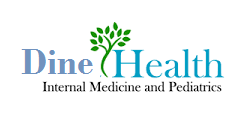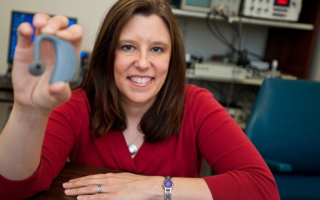Congenital Heart Disease (CHD) is a type of birth defect that is unfortunately very common. Babies born with it are at risk of developing a weak cardiovascular structure, essentially making it a health risk for them for the rest of their life, if left untreated.
Fortunately, medical technology has now come a long way and can already provide solutions and treatments to improve the child’s condition. Still, it will take much precaution and care, because a child’s body is still developing, and may not be as strong or equipped yet to handle aggressive treatments, like surgery.
Types of CHD
There are a wide variety of CHD types and may come in different forms. Some cases present as a small hole in the heart, which makes it easy to miss. In others, the defect is a lot more noticeable, because certain sections of the cardiovascular system are deformed.
Among the types of CHD include atrial septal defect, pulmonary atresia, single ventricle, and tricuspid atresia. These examples, in particular, are considered to be critical CHD examples.
Signs and Symptoms
Catching signs and symptoms early is important in treating the condition successfully. The longer the condition is left unaddressed, the worse it could be for the child. If you observe them be having trouble breathing, or if they always seem tired during feeding, and seem to sleep more than usual, it may be an indicator that they have CHD.
Still, it’s easy to mistake these signs as typical things that a baby does. After all, it’s not like they have a lot of choices available for activities to do. So if you’re already observing those signs, the other thing you should be on the lookout for is if their lips or nails look blue. This means that there isn’t enough blood pumping through their veins, which points to a weak heart functionality.
CHD Treatment
Upon diagnosis, you can expect treatment to start immediately. As mentioned earlier, time is of the essence in cases like this, because they can get progressively worse in a short amount of time.
Depending on the diagnosis, surgery may have to be conducted to repair the heart. In other cases, it’s possible to treat it with less invasive procedures, such as with cardiac catheterization, which involves inserting a catheter through the blood vessels to connect to the heart so the doctor can have a clearer picture of the problem and get to work repairing it.
Getting Support
Understandably, the situation is very worrisome, regardless of how “light” the treatment may be. That is why it is also important for parents to have a support system. Groups for CHD support can provide help for families who may be having difficulties dealing with financial problems brought on by the cost of treatment.
Adult patients also need the morale boost and support of having to live with this condition. Families having to come to terms with the loss of a loved one can also find comfort in organizations such as this.
CHD is a disease that affects more than just the patients themselves. Find the support and treatment you need to overcome it.




